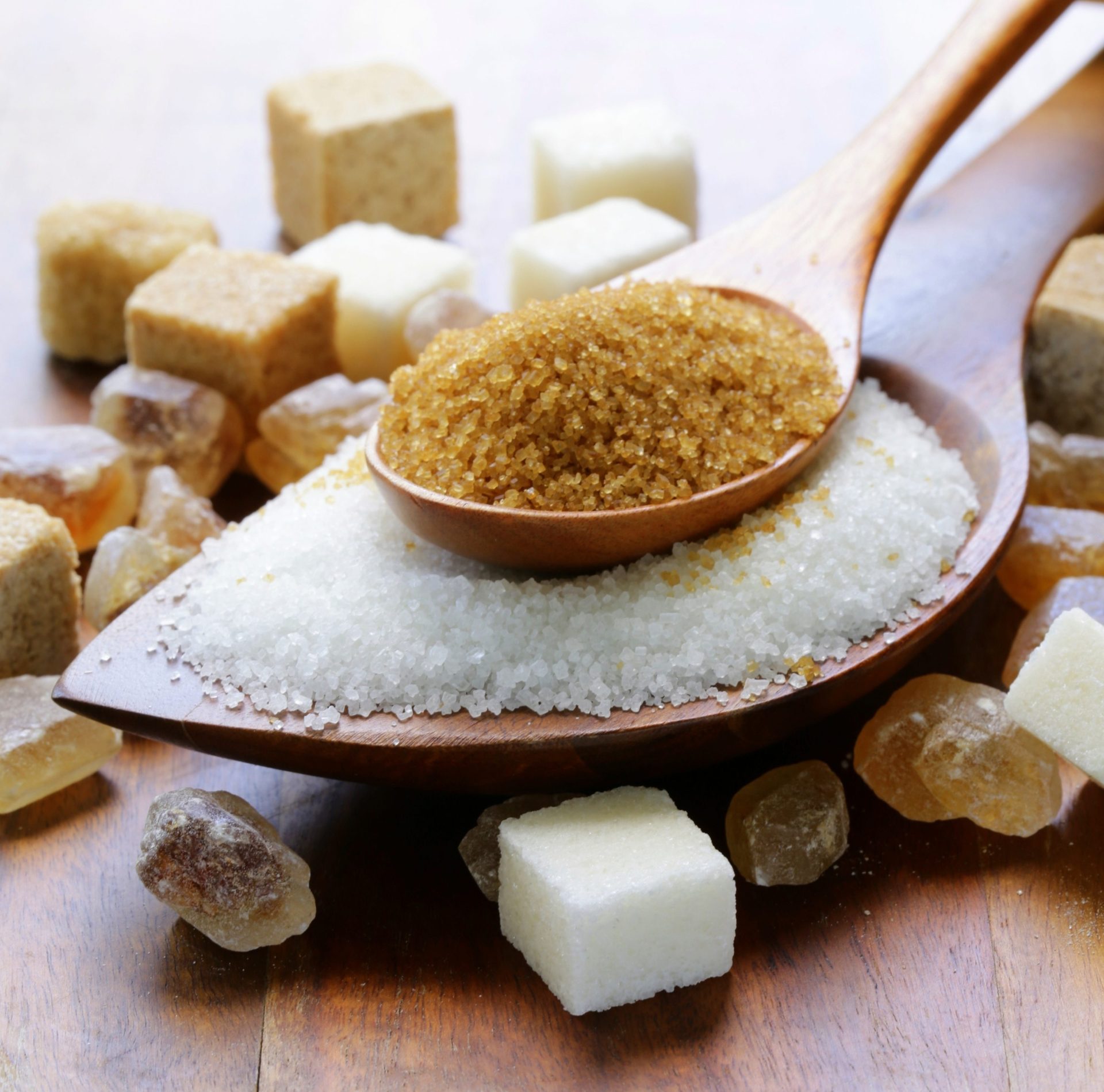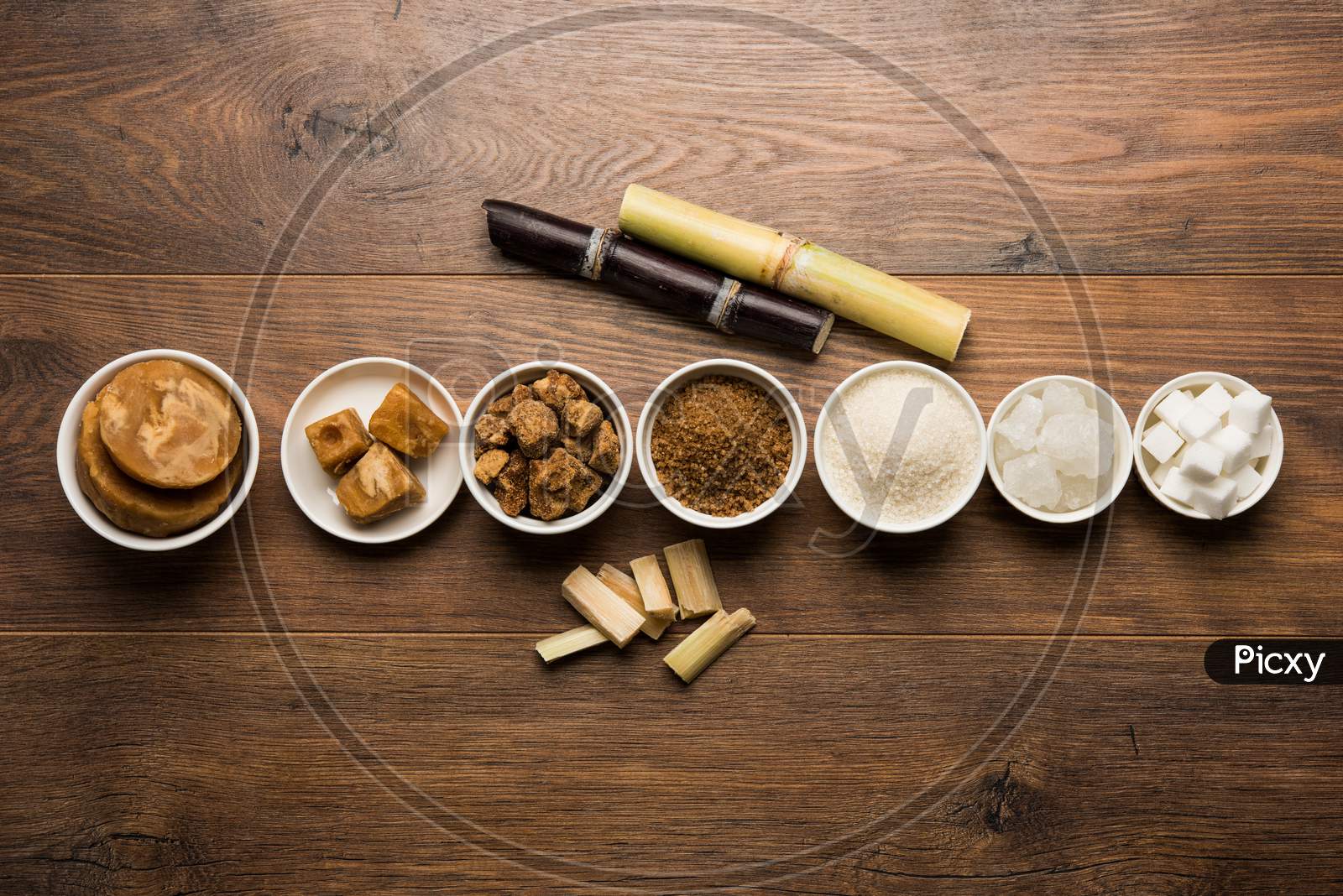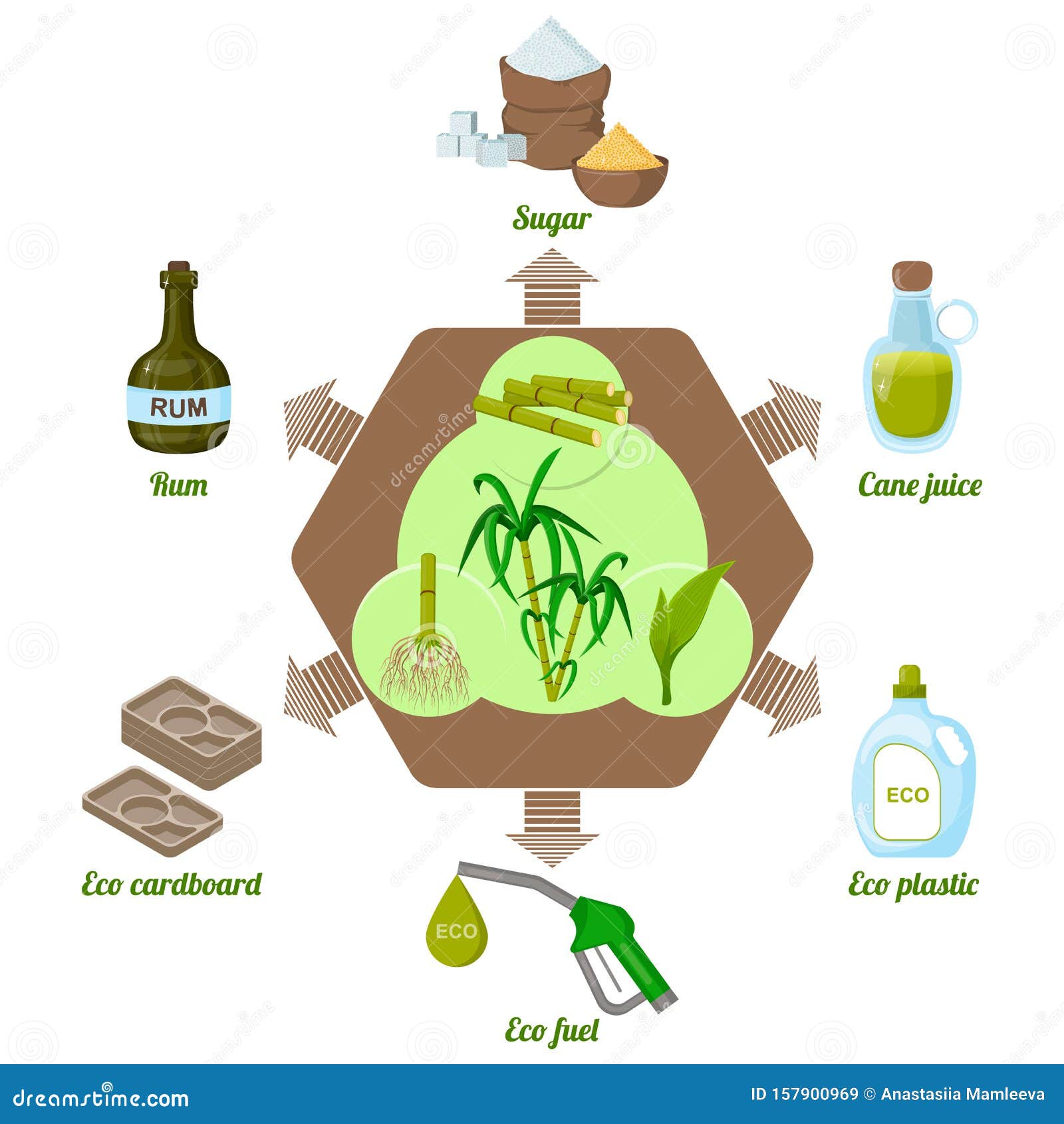A Deep Dive Into Sugar Cane: Insights on Production, Product, and Product Growth
Sugar cane plays an important role in agriculture, underpinning economic climates in exotic areas. Its farming entails complex procedures affected by numerous ecological elements. Cultivators encounter significant difficulties, consisting of environment modification and market fluctuations. Advancements in product development are emerging in response to evolving customer needs. Recognizing these dynamics is crucial for understanding the future of this essential plant and its influence on worldwide markets. What exists in advance for sugar cane and its myriad applications?
The Significance of Sugar Cane in Global Farming
Sugar cane acts as a crucial plant in global farming, underpinning economic situations and food systems in several tropical regions. This flexible plant is mainly cultivated for its high sucrose web content, which is improved into sugar, a staple component in numerous food items. Beyond sweetening, sugar cane is likewise vital for generating biofuels, particularly ethanol, adding to energy sustainability.The financial relevance of sugar cane encompasses employment, providing incomes for numerous farmers and workers in processing centers. In several nations, sugar cane growing and handling represent considerable sections of farming GDP, influencing trade balances and regional development.Additionally, sugar cane's adaptability to numerous environments enhances its significance as a crop, making sure regular supply in international markets. Its spin-offs, consisting of molasses and bagasse, even more expand its utility, making it an essential component in food, power, and market. Overall, sugar cane remains a foundation of farming productivity worldwide.
Growing Procedures: From Planting to Harvest
Cultivating sugar cane involves a series of distinct processes that guarantee perfect growth and return. The growing starts with land preparation, where the dirt is tilled to safeguard optimal aeration and water drainage. Following this, seed cane, which includes mature stalks, is chosen and reduced right into sectors (sugar cane products). These sectors are then grown in furrows, making sure proper spacing to permit for sunshine and nutrient access.Once planted, watering systems are employed to keep adequate dampness degrees, as sugar cane prospers in moist problems. Weeding and pest monitoring are necessary throughout the growing duration to lessen competitors for resources. Nutrient application, consisting of fertilizers, sustains durable growth. As the plants develop, keeping track of for diseases and bugs continues.Harvesting commonly happens 10 to 24 months post-planting, relying on the range. The walking sticks are cut short, making certain very little waste, and are swiftly moved for processing to protect sugar top quality
Geographic Distribution of Sugar Cane Production
The geographic circulation of sugar cane production is largely formed by particular climate and dirt requirements. Significant creating countries, such as Brazil, India, and China, gain from tropical and subtropical environments that sustain the crop's growth. Understanding these aspects supplies understanding into the worldwide landscape of sugar cane growing.
Major Making Countries
Sugar cane is expanded in different regions worldwide, specific countries dominate production due to favorable environments and farming practices - sugar cane products. Brazil leads the international market, representing approximately one-third of overall production, many thanks to its comprehensive ranches and progressed growing techniques. India complies with as a significant manufacturer, gaining from both beneficial weather and a huge residential market. China and Thailand also place among the top producers, with reputable frameworks sustaining their sugar sectors. Other significant factors include the United States, Mexico, and Australia, each leveraging their unique agricultural systems to boost output. These nations play an important role in the sugar cane supply chain, influencing worldwide prices and schedule
Environment and Soil Needs
Suitable climate and soil conditions are essential for effective sugar cane production. Sugar cane grows in tropical and subtropical regions, calling for warm temperatures between 20 ° C and 30 ° C (68 ° F to 86 ° F) These plants require abundant sunlight and rains, ideally in between 1,500 to 2,500 millimeters each year, to assure peak development. The soil ought to be well-drained, productive, and rich in raw material, with a pH degree ideally in between 5.5 and 8.5. Sandy loam or clay loam soils are specifically for sugar cane farming, supplying needed nutrients and water drainage. Geographic distribution is mainly influenced by these elements, with major production locations located in Brazil, India, and China, where environmental anonymous conditions align with the plant's requirements for development and yield.

Obstacles Encountered by Sugar Cane Growers
Sugar cane cultivators encounter significant obstacles that influence their resources. Environment change presents uncertain weather patterns, impacting plant yield and top quality. In addition, market price volatility develops economic uncertainty, complicating lasting planning for these agricultural manufacturers.
Climate Adjustment Impacts

Just how do climate adjustment influences influence the viability of sugar cane farming? Climbing temperatures and unpredictable climate patterns notably challenge sugar cane growers. Raised warm can cause minimized yields, as the plants battle to prosper in extreme problems. In addition, modified rains patterns lead to either droughts or excessive flooding, both detrimental to crop health. Parasites and conditions are most likely to proliferate in warmer environments, better harmful production. Dirt degradation and salinization due to climbing sea levels can decrease arable land. These climatic changes force growers to adapt their methods, typically calling for investment in new innovations and durable plant varieties. Inevitably, the sustainability of sugar cane growing pivots on addressing these climate tests efficiently.

Market Cost Volatility
Market rate volatility provides considerable obstacles for sugar cane farmers, influencing their financial security and preparation. Variations in market prices, driven by aspects such as global supply and need, weather conditions, and federal government policies, create unpredictability for producers. This unpredictability makes it tough for cultivators to anticipate incomes and take care of general expenses efficiently. Furthermore, when rates drop all of a sudden, many farmers may have a hard time to cover production costs, causing potential monetary distress. To mitigate these risks, some growers turn to contracts or hedging techniques, yet these remedies may not be accessible to all. Market rate volatility continues to be a relentless concern, influencing the total sustainability and earnings of sugar cane farming.
Recognizing the Sugar Cane Supply Chain

Market Patterns Influencing Sugar Cane Rates
The characteristics of sugar cane costs are influenced by a range of market patterns that mirror broader financial problems and consumer behaviors. Global need for sugar and sugar-related products plays an essential role, with raising rate of interest in organic and sustainably sourced products driving costs higher. Furthermore, variations in oil rates affect the cost of production and transport, additional influencing market prices. Climate patterns are an additional significant factor; negative problems can result in minimized returns and boosted prices. Profession policies, tolls, and global arrangements additionally form the marketplace landscape, influencing supply chains and accessibility. Money exchange prices can make complex worldwide trade, impacting costs for both merchants and importers. Lastly, changes in customer choices towards healthier options might change need patterns, producing a surge result on sugar cane rates. As a result, comprehending these interconnected trends is crucial for stakeholders in the sugar sector
Advancements in Sugar Cane Item Development
Various technologies in sugar cane item development are improving the industry and broadening its applications. Scientists are exploring alternate usages beyond typical sugar, including biofuels, biodegradable plastics, and wellness supplements. Breakthroughs helpful hints in chemical handling methods have actually enhanced the extraction of useful substances such as anti-oxidants and vitamins from sugar cane, advertising its usage in useful foods.Additionally, the development of genetically changed sugar cane ranges intends to improve yield and resistance to insects, while additionally improving the dietary account of the plant. Advancements in fermentation processes have brought about the production of premium liquors stemmed from sugar cane, interesting an expanding market for craft spirits.Moreover, lasting practices in growing and handling are acquiring grip, with a focus on lowering ecological impacts. These improvements not just create brand-new market chances but likewise promote a more sustainable method to sugar cane production, lining up with international trends in the direction of environment-friendly products.
Often Asked Questions
What Are the Environmental Impacts of Sugar Cane Farming?
The environmental impacts of sugar cane farming include logging, loss of biodiversity, water air pollution from fertilizers and chemicals, soil degradation, and greenhouse gas emissions, all of which substantially contribute to ecological discrepancies and climate modification.
Just How Does Sugar Cane Farming Affect Local Economies?
Sugar cane farming substantially influences neighborhood economies by producing work, stimulating farming fields, and generating revenue for farmers. It can also lead to economic reliance and variations based on market demands and ecological problems.
What Are the Main Pests and Diseases Affecting Sugar Cane?
The major parasites influencing sugar cane include the sugarcane borer and aphids. Diseases such as red rot and smut greatly effect return. Farmers must carry out integrated bug administration approaches to mitigate these dangers properly.
Exactly How Is Sugar Cane Processed Into Different Products?
Sugar cane processing entails crushing the stalks to remove juice, complied with by explanation, evaporation, and condensation. This process returns raw sugar, molasses, and ethanol, each serving distinctive functions in numerous industries, from food to power.
What Are the Nutritional Aspects of Sugar Cane?
The dietary facets of sugar cane consist of important vitamins and minerals, specifically B vitamins, calcium, and iron. It additionally contains fiber, though mainly composed of sucrose, which supplies power but does not have substantial nutrients.
 Anthony Michael Hall Then & Now!
Anthony Michael Hall Then & Now! Shane West Then & Now!
Shane West Then & Now! Marcus Jordan Then & Now!
Marcus Jordan Then & Now! Erika Eleniak Then & Now!
Erika Eleniak Then & Now! Meadow Walker Then & Now!
Meadow Walker Then & Now!